



Scenario-Based Classroom Learning
10 items
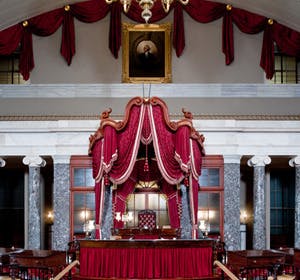
Due Process of Law
Lesson - 9 Activities
Lesson
9 Activities
90 Min
The principle of due process of law means that the government must follow duly-enacted laws when it seeks to restrict or deny fundamental rights, including a person’s rights to life, liberty, or property. In essence, it means that the government must treat its citizens fairly, following laws and established procedures in everything it does. It is the commitment to this principle that makes the United States, as John Adams once noted, “a government of laws, and not of men.”
90 Min

The Structure of the National Government
Lesson - 5 Activities
Lesson
5 Activities
305 Min
The Framers thought the best way to protect the rights of citizens would be through a government powerful enough to fulfill its constitutional obligations yet limited enough to prevent it from encroaching on the rights of individuals. A large national republic that divided power horizontally (within governments) and vertically (among different levels of government—local, state, and national) seemed the best way to achieve their goals.
305 Min
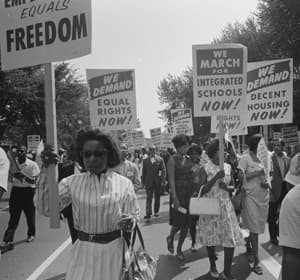
National Government, Crisis, and Civil Liberties
Lesson - 8 Activities
Lesson
8 Activities
135 Min
What is the balance of civil liberties and security during a time of crisis? Students read and discuss President Lincoln’s proclamation suspending habeas corpus. Working in cooperative groups students hold a simulated trial in the case of Ex parte Milligan (1866). Following the simulation students debrief the case and compare their verdict with the actual verdict. Students reflect on President Lincoln’s attempt to balance the strength of the government with protection of individual civil liberties.
135 Min
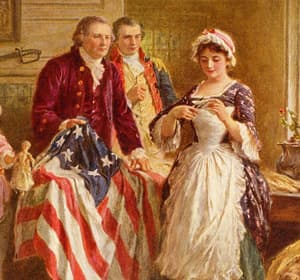
The Articles of Confederation – Docs of Freedom
Lesson - 12 Activities
Lesson
12 Activities
145 Min
In 1777, the Second Continental Congress adopted the Articles of Confederation, the first government of the independent United States. The Articles created a “confederacy,” an association of sovereign states. Every state was its own country, except with respect to those powers expressly delegated to the U.S. Congress, and it agreed to do certain things for and with the other states in the confederacy. But by the mid-1780s, more and more people were becoming concerned about problems with the Articles.
145 Min
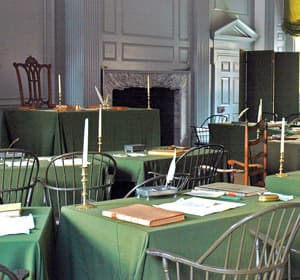
The Constitutional Convention
Lesson - 12 Activities
Lesson
12 Activities
320 Min
During the “critical period” after the American Revolution, many were concerned that the Articles of Confederation were inadequate for the states to grow commercially and economically. The Confederation Congress announced a meeting to revise the Articles of Confederation, but not everyone was convinced that the Articles needed revision—or even that the goals of the Convention were admirable. Divisions emerged among the delegates regarding centralized power, executive power, representation, and slavery.
This lesson plan includes six activities. The activities may be taught in sequence as a comprehensive overview of the Constitutional Convention or individual activities may be taught as stand-alone lessons.
320 Min
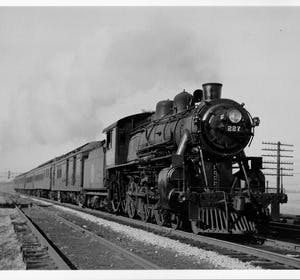
The Fourteenth Amendment and Incorporation
Lesson - 5 Activities
Lesson
5 Activities
80 Min
The Bill of Rights, setting limitations on Congress, originally applied only to the national government. In the effort to protect individual rights of the freedmen, the Fourteenth Amendment was ratified in 1868. It differs from every previous amendment because it limits what state governments may do. Over the next seventy-five years, the Court’s use of the Fourteenth Amendment increased. It used the Due Process clause in that amendment to strike down many state laws and to selectively incorporate parts of the Bill of Rights into the Fourteenth Amendment so as to make them apply to states as well as the federal government. This practice, known as “incorporation,” increased the Supreme Court’s power to define rights for the entire Union, and reduced the power of the states as compared to federal power. It also reduced the power of Congress as opposed to the Supreme Court, to define which rights are properly constitutional. This changed the meaning of the Bill of Rights from a series of limits on government power to a set of rights belonging to the individual and guaranteed by the federal government.
80 Min

Elections
Lesson - 11 Activities
Lesson
11 Activities
140 Min
Elections have consequences. They decide who holds power and therefore the laws that we live under. But they also reflect principles of federalism and consent of the governed, as well as the complexity of the American system.
140 Min
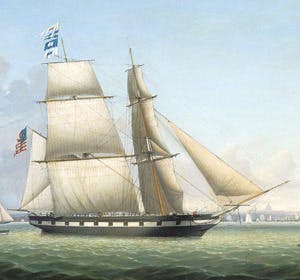
The Commercial Republic Before the Civil War, 1815-1860
Lesson - 9 Activities
Lesson
9 Activities
145 Min
Between the War of 1812 and the Civil War, the federal government largely retreated from a program of national economic development, while the states stepped into the role of economic promotion, particularly in the banking and internal improvement fields.
145 Min

Model House of Representatives Project
Lesson - 20 Activities
Lesson
20 Activities
420 Min
Create a simulation of the United States House of Representatives with your class! Give them a structure to draft and advocate for legislation, work in committees, and carry out duties of legislative officers, and consider and vote on legislation. Through this experience they will gain a better understanding of how the House of Representatives functions and better appreciate the challenges faced by legislators.
420 Min

Defining Classroom Citizenship
E Lesson
E Lesson
20 Min
How do you create a self-governing classroom? How can students apply the principles of the U.S. Constitution to their lives?